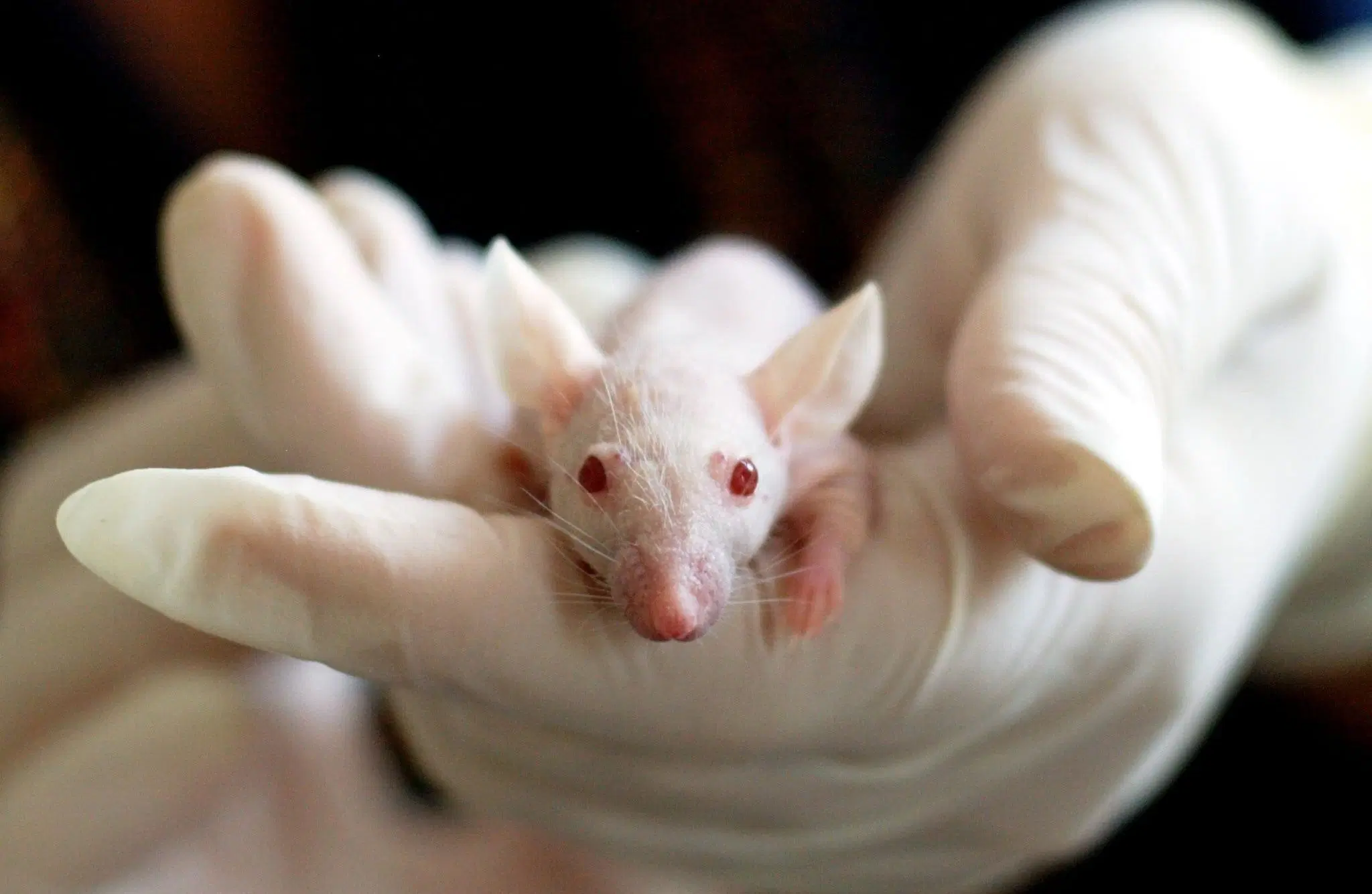By: Eric Wang
A November, 11 reports showed that mice successfully bobbed their heads to the beat of Mozart, Lady Gaga, and Michael Jackson.
Along with humans and parrots, this puts mice in the group of animals that can synchronize to music.
Mice and humans’ earliest common ancestor lived 75 million years ago during the Cretaceous period; they were called the Euarchontoglires. Mice, humans, and parrots’ earliest common ancestor lived 320 million years ago and were called the Amniota. Perhaps the Amniota evolved the ability to synchronize to music and that trait has been passed down for over 300 million years.
Humans like to tap their feet to music around 120 to 140 beats per minute (BPM). Researchers hypothesized that small animals like mice would prefer a higher tempo; however, this was not the case.
When researchers played a sped-up Mozart sonata recording, the mice did not bob their heads. When researchers played the sonata at its normal speed, 132 BPM, the head-bobbing was much more prominent. Researchers observed a similar response with other songs, such as Lady Gaga’s “Born This Way” and Michael Jackson’s “Beat It.”
While this study was very interesting, it opened many questions. Humans can synchronize in obvious voluntary movements, but the mice synchronized via tiny movements that needed to be captured with special devices such as a head accelerometer and motion capture technology. How the same action was expressed in very different magnitudes is still a question to researchers.
Aniruddh Patel, a psychologist at Tufts University says, “The fundamental nature of beat perception and synchronization is that you predict the timing of the beat and you move predictably. So, we land right on the beat or a little ahead of it. Since the rats’ movements are so tiny, it’s not clear if rats can predict the beats or if they’re just reacting to it.”











